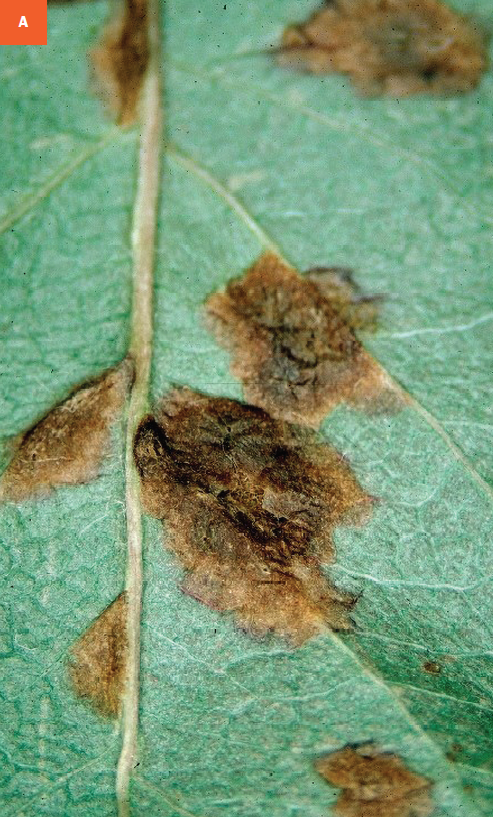Blister Mites
Phytoptus spp.
HOST Apple, crabapple, pear
DAMAGE/SYMPTOMS Eriophyid mite feeding creates a “blister” on the leaf surface, and the mites reside within this protected area.
LIFE CYCLE The mites overwinter as adults beneath bud scales. When the buds start to grow in the spring, mites attack the emerging leaves. Their activity increases in the summer with two to three generations per year.
MANAGEMENT The mites normally do not affect the health of the tree. If a small portion of the leaves are damaged, prune and dispose of them. Eriophyid mites are also controlled naturally by predatory mites, predatory thrips, and minute pirate bugs later in the summer. To control the mites chemically, a dormant oil can be applied prior to bud break. Neem oil, insecticidal soap, a miticide, sulfur and those insecticides with the active ingredients bifenthrin, deltamethrin, and permethrin can be applied as contact insecticides in the spring following bud break. Systemic insecticides with the active ingredients imidacloprid and dinotefuran can also be used against the pest and should be applied in the spring.
A Blister mite damage on apple leaf.

